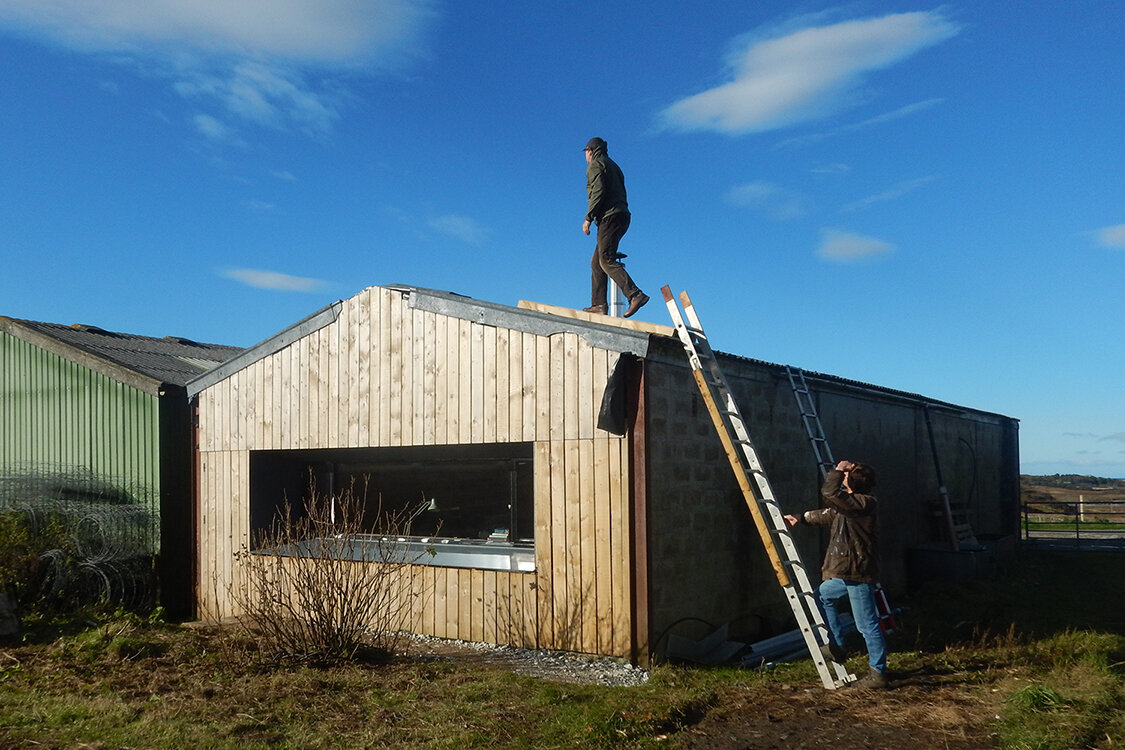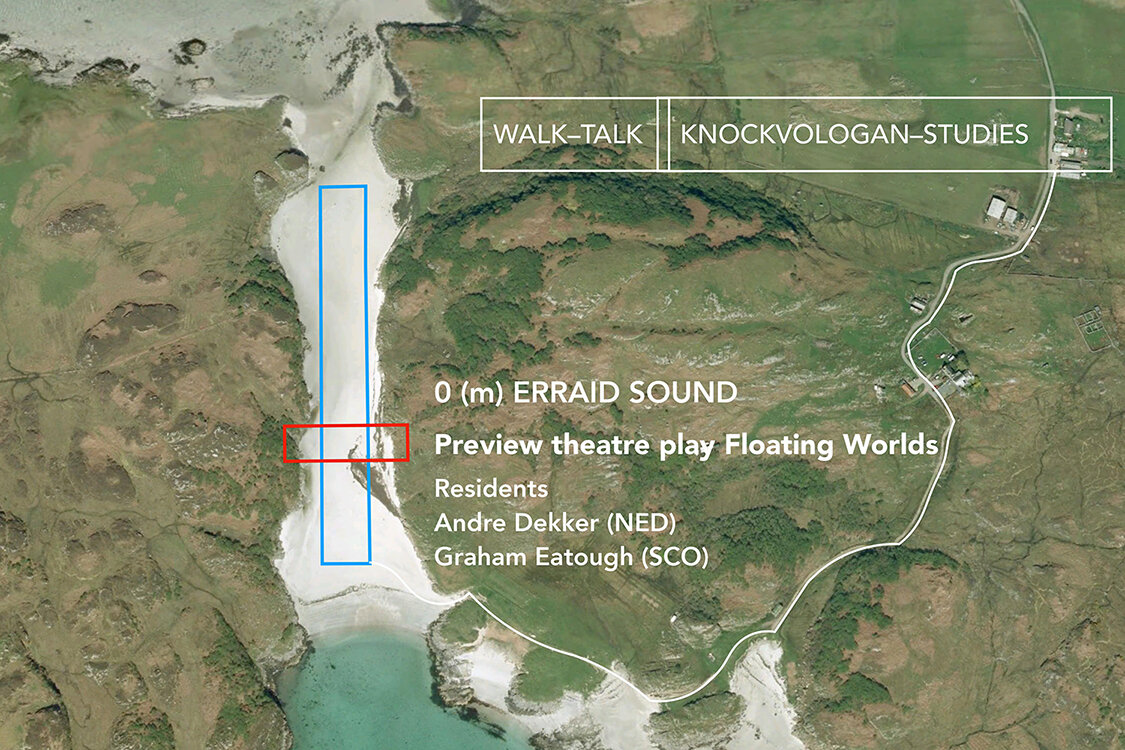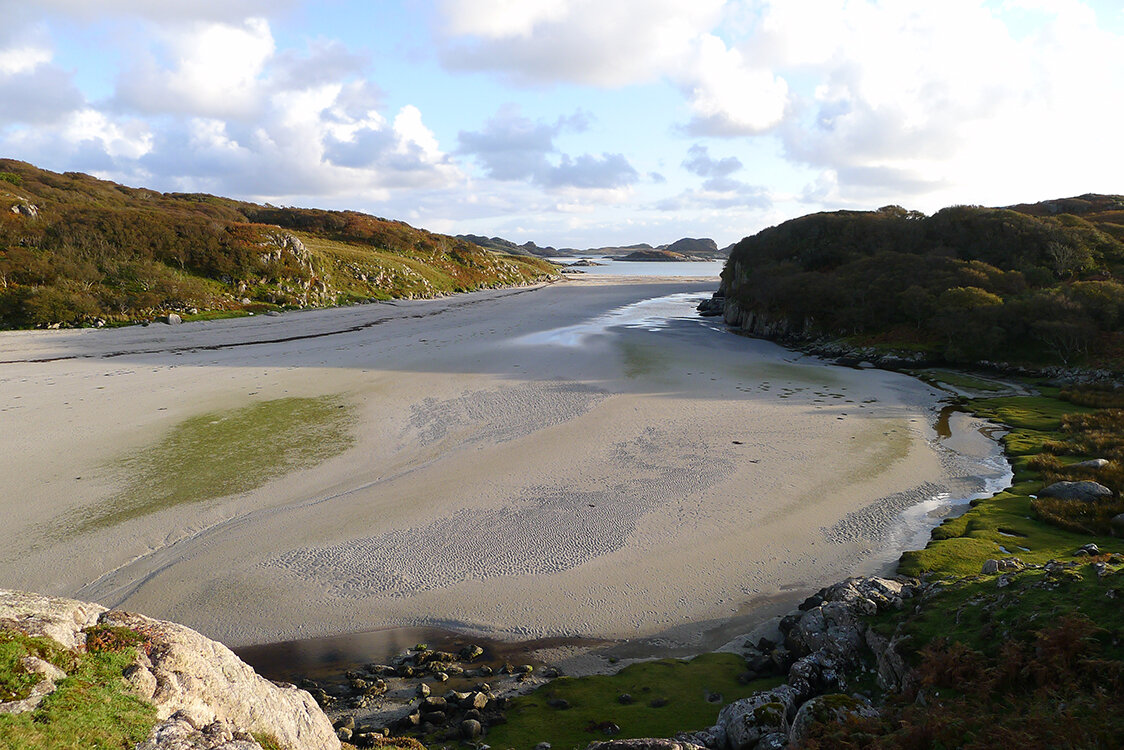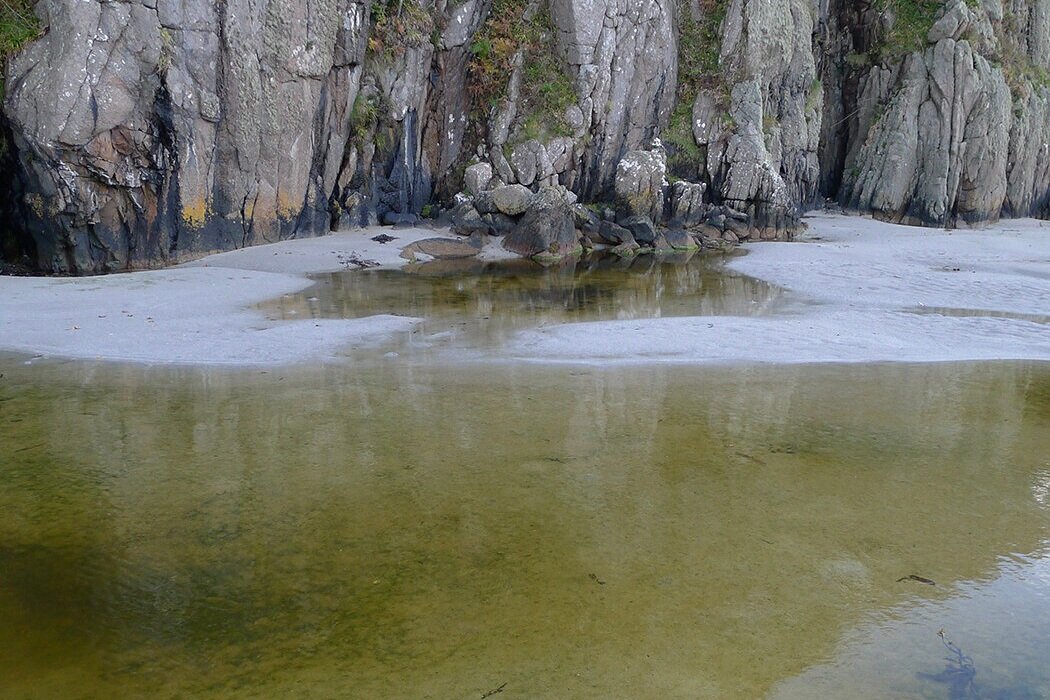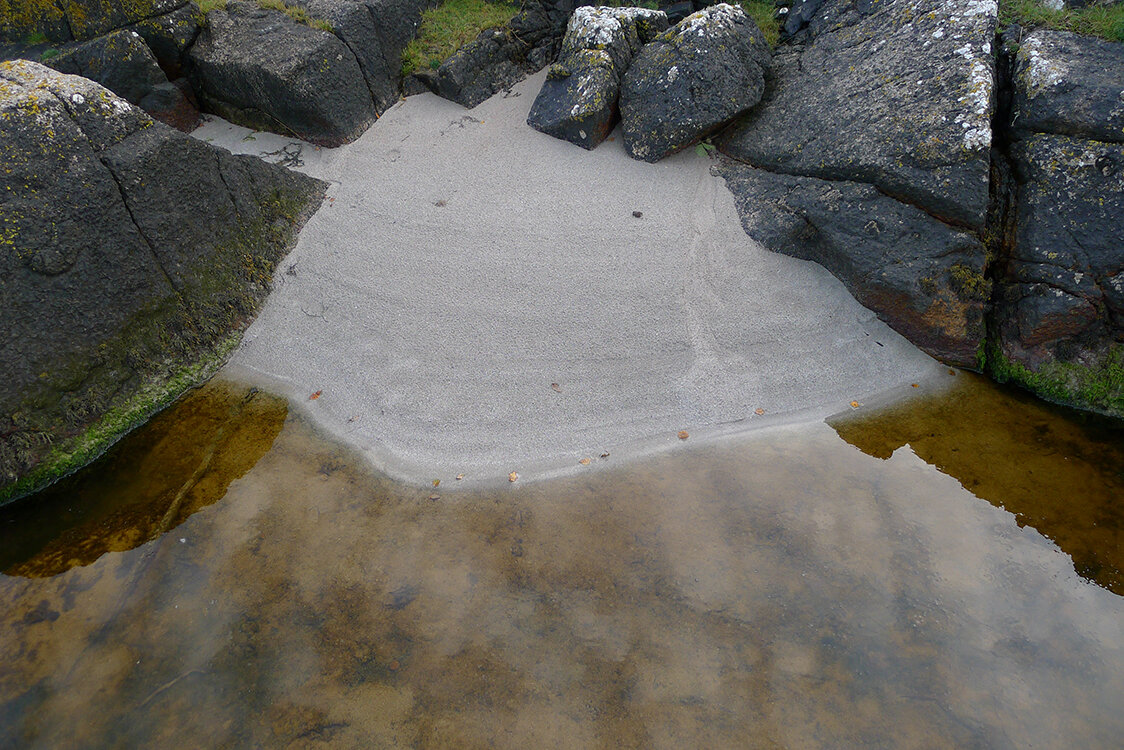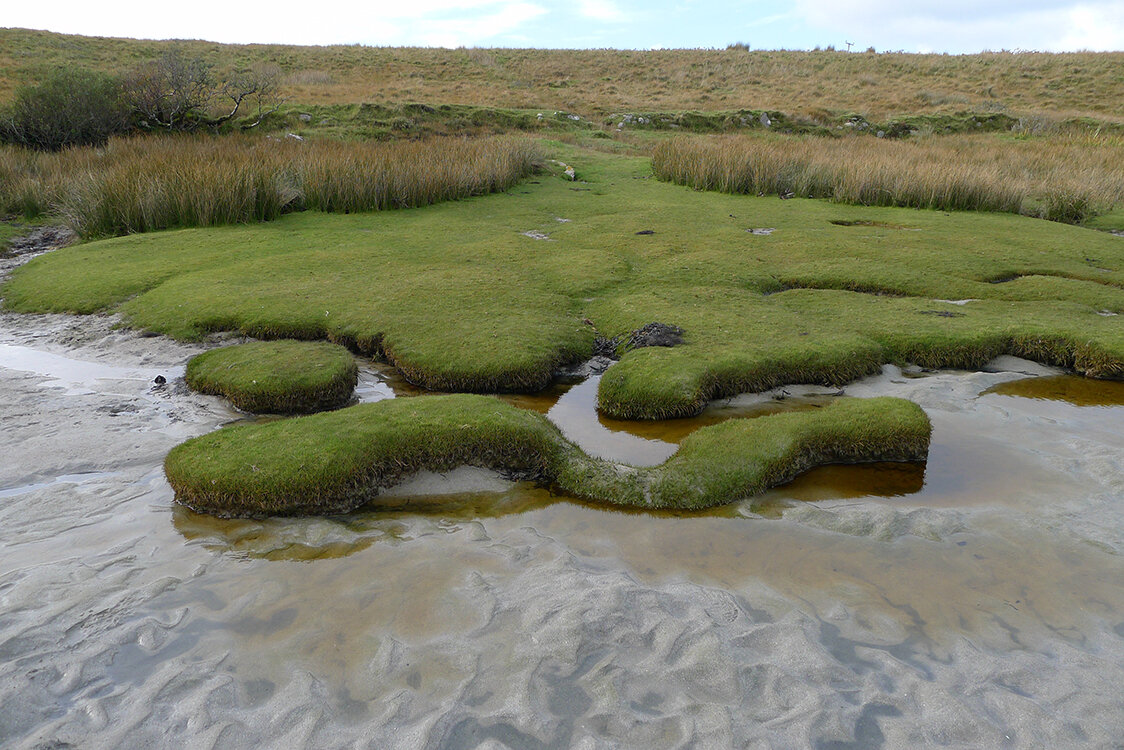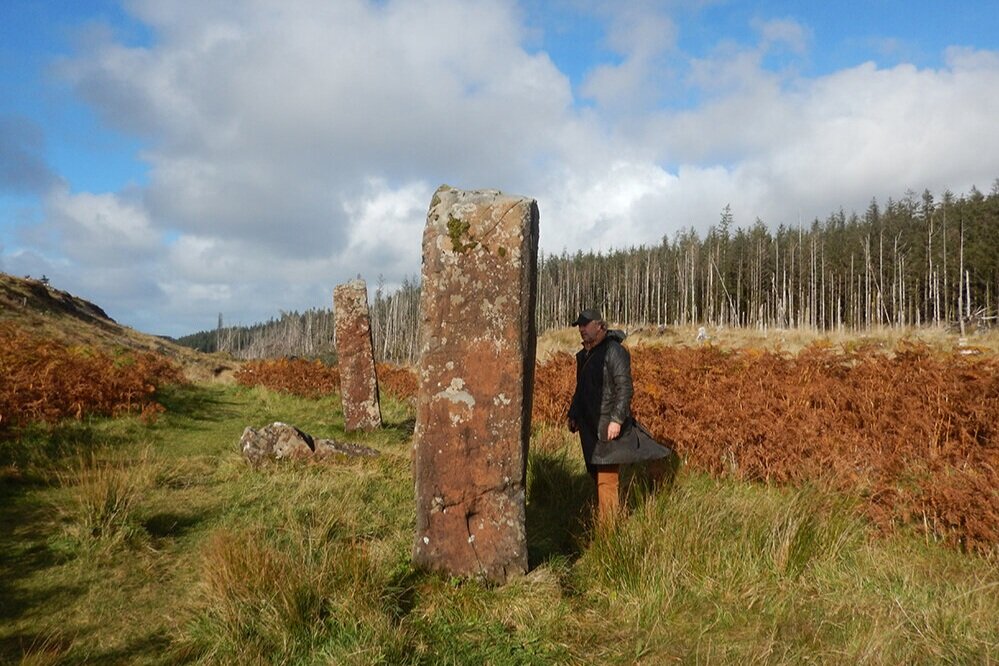Graham Eatough
Graham is a leading theatre artist based in Scotland who has worked internationally in theatre, visual arts and film. Most recently for National Theatre of Scotland he wrote and directed the play How to Act which won a Fringe First Award at the Edinburgh Festival 2017, and The Reason I Jump (2018) an adaptation of the book of the same name about autism and nature by Japanese author Naoki Higashida, created with visual artist Andre Dekker. He is also an academic and lecturer at the University of Glasgow.
At Twilight
Andre Dekker
Andre is founding partner of Observatorium, working internationally in the fields of public art and place-making. Recently they installed the iconic permanent sculpture Zandwacht in the Port of Rotterdam. In 2020 they will develop artworks enhancing the vitality of waterfronts and waste lands in California and St. Petersburg. Temporary installations will be part of art biennales in Chemnitz and Cologne, Germany. Andre Dekker is also a writer on public art.
Zandwacht
Floating Worlds
The story is that of a daughter returning to her childhood home on the banks of a major river estuary after the recent death of her mother. She has come to persuade his father to leave the house which is in danger of crumbling into the sea. The father feels inextricably connected to the house and the memories it holds and is unwilling to leave. Together they must decide what to do for the best as the water slowly rises around them.
The ghost of the mother haunts the house. se seems to emerge from the sea and cross the veranda into the house. Sometimes appearing as a product of her husband’s grieving imagination, sometimes as a very real presence, sometimes as a witness to events. The story and action are fragmented in time and perspective. Sometimes the story is told from the point of view of the grieving father, sometimes from the son’s more conventional perspective. In some scenes the mother is still alive. In some scenes he appears as a ghost. In some scenes the mother is a ghost also. Some scenes take place in the past, some scenes in a thousand years’ time. In some scenes the house is secure on land, in others it’s at the bottom of the ocean. At times, the audience view the set and the action from the point of view of the land, looking into the house and through it to the veranda and sea beyond. At others, the audience looks at the house and its goings on from the position of the sea on and beneath the water.
Influences
A key inspiration for this contemporary play is both artists’ long-standing interest in Japanese culture, landscape, and the theatrical stagings of the intimate relationships between people and nature seen in Noh theatre. Noh theatre’s profound relationship with nature, from its Buddhist and Shinto origins as a ceremonial outdoor theatre, through to the stories it tells about individuals coming to terms with the power and mystery of the natural world, gives audiences a different experience of time and place.
This influence of these ideas is clearly visible in Graham’s previous work such as The Reason I Jump (NTS 2018) and his play At Twilight with artist Simon Starling (Common Guild 2016), both performed outdoors involving Noh stages and Japanese masks, and several public artworks and writings by Andre and his fellow artists of Observatorium that resonate with Japanese architecture and garden aesthetics.
Floating Worlds will bring together these interests with research into the contemporary coastal landscapes of the Clyde Estuary, the Ross of Mull, the Dutch coast around Rotterdam, Tokyo Bay, and the challenges these places share in the face of climate change and rising sea levels. They aim to create a contemporary piece of theatre that draws on these ideas to challenge the audience to meditate on our relationship with the natural world and our (in) significance within it.
Research funded by Daiwa Foundation, Rotterdam Centre for Visual Arts and University of Glasgow



